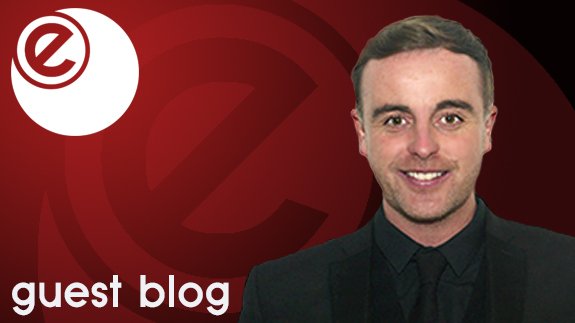Since the advent of carbon taxes and levies, energy consultants have evolved from being aggressive telemarketing operations, (not much different from telecoms), to being providers of highly specialised professional advisory services.
Due to the impact energy production and consumption has on our environment, it is not simply enough for commercial consumers to tender and procure their needs.
Now you must also target and monitor your businesses energy requirements to reduce its footprint on our planet – failure to do so comes with some significant legal and financial implications.
We recently conducted an audit for a client who spent in the region of £2.5 million per annum on power and gas, who had a near miss of £300,000 in penalty fees for failing to meet their compliance needs accurately.
To put that into perspective, that is more than a 10% increase of their total operational spend on energy, for what could amount to typos on submissions.
Making matters more complicated
Furthermore, the government has introduced additional costs to subsidise its various decarbonisation schemes – there are now more than a dozen different elements that are added together and averaged for the duration of your supplier contract to give you fixed bills that look like this:
- Day Rate
- Night Rate
- Consumption
- Standing Charge
- Capacity
- CCL
- Metering
It really looks like this:
- Energy Rate day
- Energy Rate night
- Renewable obligation
- Feed in tariff
- Energy market reform
- Contracts for difference
- Energy Intensive Industry
- Transportation charge
- Capacity (KVA)
- Reactive power KVAR
- Excess capacity costs
- AAHEDC
- Meter operator Cost
- Data Collection
- Data Aggregation
- Consumption Day
- Consumption Night
- Distribution Use of System
- Distribution Losses
- Transmission Use of System
- Transmission Losses
- Balancing use of system
- System loses
- Settlement
If you want a price fix for three years, they must estimate the above and give you an average over 36 months, which incurs “risk premium” or commission on top.
The point is that energy has become a more complicated and risky endeavour for the commercial customer and so the responsibility of our energy consultants is broader than it once was.
It is important for me to remind you that at its conception, energy consultancies were once only middlemen and sales channels for the suppliers to draw in business from.
Still, all too often, I come across clients who feel like their consultancy is relying on the confusion caused by the increasingly complicated makeup of energy contracts.
So, to spare you a diatribe on all the services you would be looking for in the “perfect energy consultant” (if there is such a thing), I think it is more valuable to round up this blog entry with what I feel is one really important and often overlooked component of what an energy consultant has to offer like any other supplier:
“Do you trust and enjoy doing business with them?”
I am willing to admit this is a little subjective of an idea but I would argue that you cannot ignore it when working in an industry that is one of the lowest ranked by its customers in terms of satisfaction.
It is also the inspiration behind many of my firm’s operating principles.
At the tier one level, energy consultants are a little like professional sports team drafts, every prospect has the same fundamentals nailed down, across the board their products and services cover all of the same bases for a similar cost (usually).
You are very unlikely to find something offered by one consultant that another is unable to match – this means that a decision maker needs to look beyond the glossy packaging of each to make a decision.
So how is our retention rate over 90%?
“Ownership”
Our clients must trust that we are taking 100% ownership of their energy costs as if they were our own.
Fundamentally one of the most enjoyable aspects of my role as a BDM for Utility Team is rallying behind a client with big ideas and aspirations for energy and introducing partners, technology and suppliers that help make it happen.
Where a client lacks a vision or goal, we help to create one and even put our own cash into funding it if necessary; all to help make doing business with us enjoyable and our relationship trustworthy.
There is always a slightly adversarial air to supplier/customer relationships but generally after a couple of successful engagements our clients eventually see us more as partners or even better an extension to their own internal resource.
Closing thoughts
If you have read this far and happen to be a key decision maker for an energy procurement tender, have a think about the recent tendering exercises you have been a part of and the consultants who have sat in front of you.
Did you feel they were a consultant or partner ready to take ownership of your portfolio or did you get a sense that you were being addressed by a salesperson?
If energy and environment is a key strategic element of your businesses core values or even legal obligation, take the time to understand your consultancy’s history, goals and motivators.
- What projects are they involved in?
- Do they have an enormous amount of resource tied up in telesales?
- How widely spread is their portfolio among the suppliers?
- Who will be responsible for you once you’re with them?
Pretty quickly you can get the measure of the business and the type of experience you are likely to have transacting with them.
For more information please contact Utility Team on 024 7699 7901.
Scott’s email is [email protected], he is the Sales Director at UtilityTeam.
This is a promoted article.





